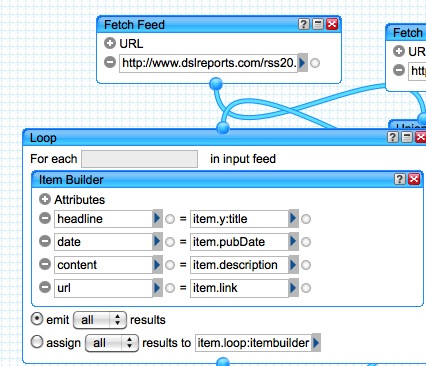I saw the iPad last night for the first time at Apple’s SoHo store in Manhattan. It is an amazing thing. A bit of futuristic Star Trek-level technology that found its way into the year 2010: a large-size tricorder with great video. (And to think that Spock struggled with that mouseless gadget!).
I watched a few videos (smooth, fluid ), tried one of the book readers (seductive), and was wowed by a location-sensitive astronomy app called Star Walk.
It is not a smaller this or a larger that. I remember similar dismissive talk about mini-computers and personal computers. It’s a new genre of touch-sensitive, location-aware multimedia gagdets that will create its own uses—many that we can not even conceive of at this point. With the Epicurious app, I already see the beginnings of a whole new market of kitchen countertop virtual cookbooks. If they can just hook in speech rec….Continue reading


 I’ve been so focused on apps and trends outside of the office space that I thought I’d have a difficult time grokking the keynote speeches at Voicecon 2010.
I’ve been so focused on apps and trends outside of the office space that I thought I’d have a difficult time grokking the keynote speeches at Voicecon 2010. 

 In the National Broadband Plan, there is hardly any mention of a wholesale or “unbundled” model of fiber-to-the-home. That’s unfortunate. There are many examples of successful deployments of fiber in which the physical part is built by the public sector (or through public-private partnerships), with private providers stepping in to resell access for voice, video, and data at the retail level. For a nitty-gritty description of one European city’s experience laying fiber under cobblestones and into canals, you can read about Amsterdam’s CityNet project,
In the National Broadband Plan, there is hardly any mention of a wholesale or “unbundled” model of fiber-to-the-home. That’s unfortunate. There are many examples of successful deployments of fiber in which the physical part is built by the public sector (or through public-private partnerships), with private providers stepping in to resell access for voice, video, and data at the retail level. For a nitty-gritty description of one European city’s experience laying fiber under cobblestones and into canals, you can read about Amsterdam’s CityNet project,  That’s not an Onion headline. But after perusing a few key sections of the officially released
That’s not an Onion headline. But after perusing a few key sections of the officially released